Fishing beads for salmon has completely blown up on the Vedder River. Just one year ago people would give me wild looks and laugh at me when I was running colorful plastic balls inches above my hook. I’ve always been a big fan of beads and used them mainly for steelhead and bulltrout. It was not until last year that I started using strictly beads as they began to outpace fly fishing and hucking metal/jigs for coho. Once I discovered soft beads, it was game over! Soft Beads slayed springs in September and I’ve never hooked so many coho and chum in my entire life.
I want you to catch more fish so I’m going to give you the down low on beads so you can utilize them the next time you are on the water.
Table of Contents
What Are Beads?
Beads are literally just beads. Remember when your mom or sister used to make bracelets or necklaces and have beading parties? Ya, these beads are not any different except the beading parties you are going to have are going to be dragging chrome bullets to the shoreline.
What Are Soft Beads?
Soft beads are the same as hard beads but are soft. They are squishy like a Jensen egg, goey bob, or a mister twister worm. I like to use them in larger more obnoxious sizes than I usually use when fishing hard beads. They are buoyant and since they are soft, when a fish bites, you have an extra bit of time to set the hook.
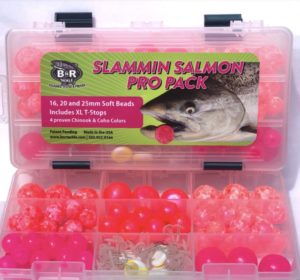
Why Do They Work?
The bead is meant to imitate a fish egg floating through the water. Salmon, steelhead, trout and all other fish are cannibals, they eat their own eggs, especially when travelling up rivers or out of aggression in spawning season. The next time you gut a fish, take a look in its stomach or throat, more often then not you will see eggs. Typically, these eggs are a similar size to the 8mm beads and have a pinkish coloration.
Is Fishing Beads Flossing?
Some people say that bead fishing is flossing. Well I’m sorry to bust your parade, but, anytime you have line running down the river, regardless of your leader length, you will floss. Spey fisherman floss, float fisherman floss, bait and gear fisherman floss. It’s hard to floss when twitching jigs, but, twitchers snag more fish than any other method. Other than dry fly fishing it is pretty hard to prove that a river fish didn’t accidentally move its jaw around and slide onto your line.
More significant than leader length is how you fish. To me, a flosser/ripper is someone who sets the hook at the end of every drift regardless of if they get a bite or not. Usually these individuals know what they are doing and are dredging the bottom (running your weight on the bottom) and using very long leaders.
When fishing with beads use a leader from 1-4 feet (I usually run around 22 inches) depending on water clarity. Run your float to the end of your drift and only set the hook if your float moves/sinks along the way. As long as your weight is off the bottom you’ll be able to tell when you are getting a nibble. The fish will bite and occasionally and you will probably floss a fish occasionally.
How To Rig Soft Beads?
They can be used a variety of ways including under a float and flyfishing. I have the most success running them beneath a float. For salmon and steelhead I run a 25-30 gram float, a piece of pencil lead, a swivel and a 16lb monofilament leader with the bead 2 inches above a size two hook. Leader size is always a controversial topic among fisherman. Some guys like to run a leader that is under a foot, others longer. I like to run with leaders that are just under two feet from swivel to hook. This means with the bead about 2-3 inches from the hook there will be 16 inches or so from your swivel to the bead.

Where to Purchase Soft Beads?
Currently, I only know one company making really solid soft beads for fishing. BnR Tackle, Click HERE to check out their website. I am not sponsored by BnR nor do I have any affiliate association with them. I just really like their product and have loads of success with their beads on the river. Most specialty fishing stores in BC are now stocking their product since they’ve become more mainstream.
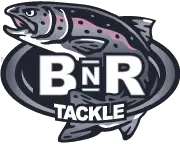
Best Beads/Sizes For Each Salmon Species
The Best All-Round Soft Bead
Aka my weapon of choice for my first cast every single day on the river. The ‘Natural’ color in 8-14mm was my ticket to lights out fishing all year long. This is the bead you will see me using in most of my videos and is also in the chops of the coho in the picture above.
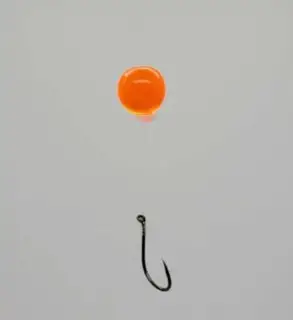
Best Soft Beads For Chinook Salmon
The best colors for Spring/Chinook Salmon were the Sweet ‘Cherry Pink’, ‘Pearl Pink’, and once again the ‘NW Steelheaders’. The 14mm size always seemed to work the best for Chinook Salmon.
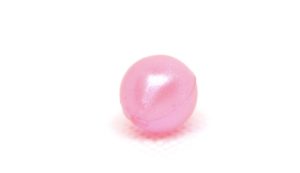

Best Soft Beads For Coho
For Coho, once again, the ‘Natural’ was my most successful bead in a size 12mm. On dirty water days I caught fish with a huge 20mm bead.
Cohos can be picky, and your best bet is to always be throwing something at them that they’ve never seen. I had success with colours all over the spectrum. When the bite would turn off I would play around with different colors. I found great success with the Cerise and Mottled Cerise for coho.
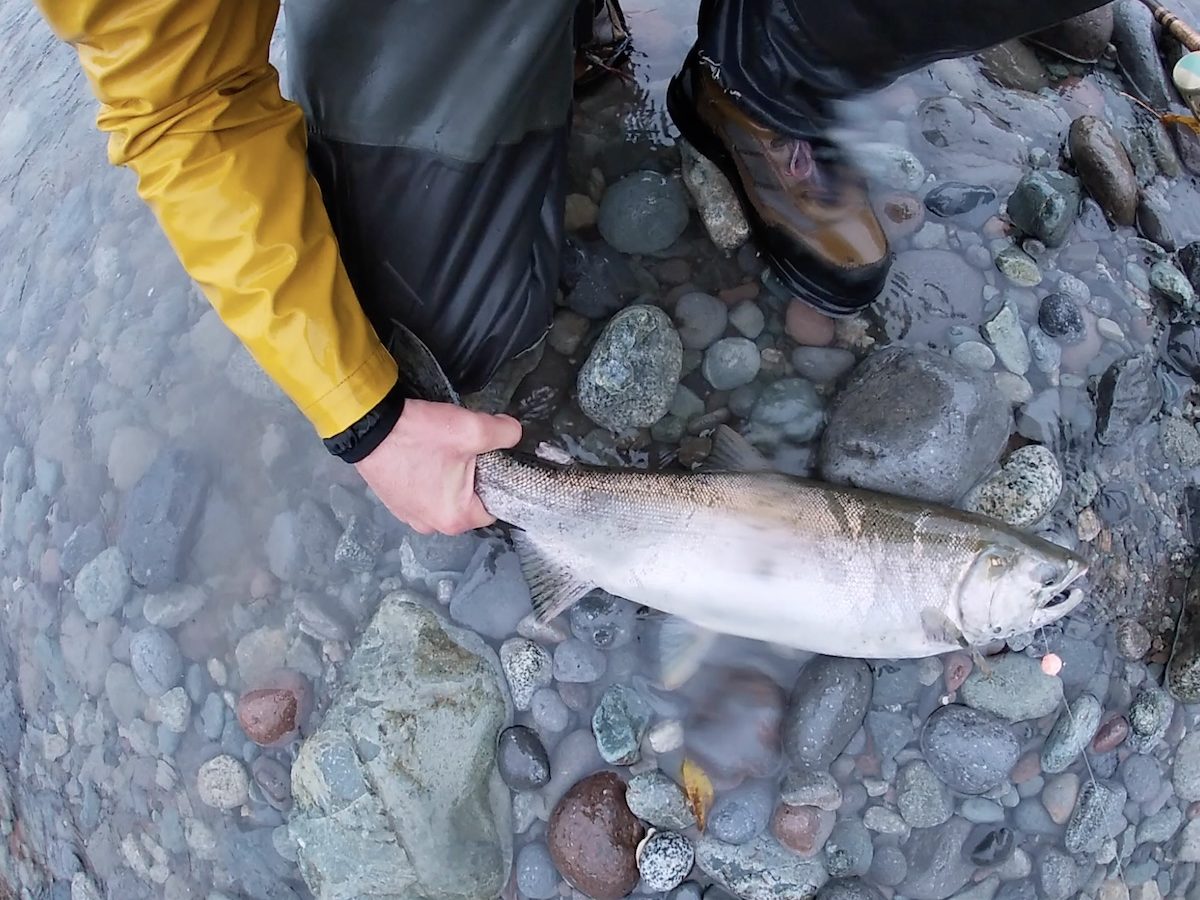
Best Soft Beads For Chum
For chum, they could not resist the Cerise. They always seemed to hit the smaller 10mm size more often than anything else.
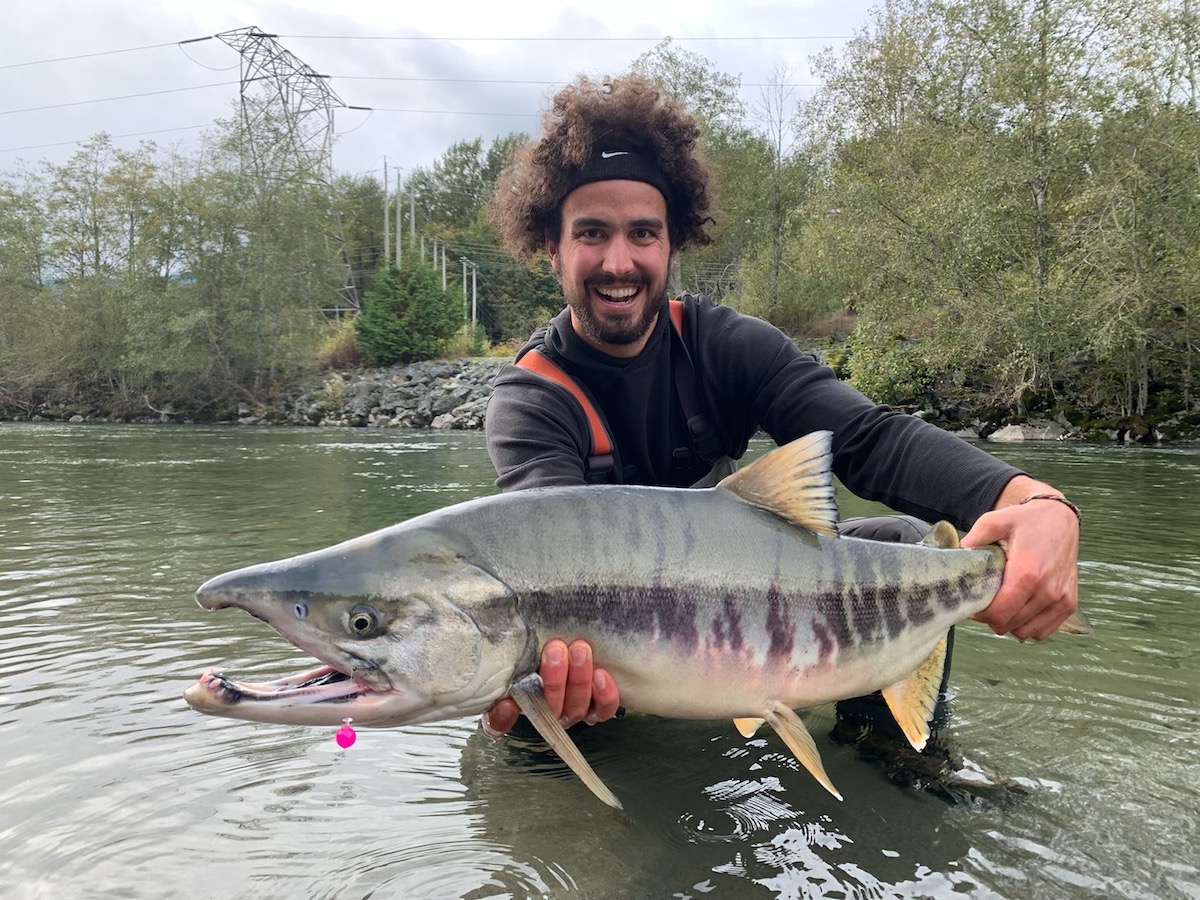
Best Soft Beads For Steelhead
For steelhead, once you find the fish, any bead, and any size works!
Why I Prefer Soft Beads to Hard Beads
I fished hard beads for a long time, and I still do. Hard beads sink and imitate eggs by bouncing along the rocks on the bottom as your float drifts. This works great when fish are sitting in deep holes and resting. I also find with hard beads that bites are more subtle and I tend to miss more hook sets due to the hard slippery nature of the beads. Since hard beads do not have as much buoyancy I don’t run any large sizes (nothing over 12mm) because it would have to much sink for my liking.
Soft beads look so natural in the water. Their float is exceptional and the obnoxious colour and size can really trigger aggression in fish. Since the soft beads are buoyant I find it easier to fish the right depth and target fish that are moving as well as holding in a run. In murky/dirty water conditions you can use 20mm plus size beads which increase your chances of your presentation being spotted in such water.
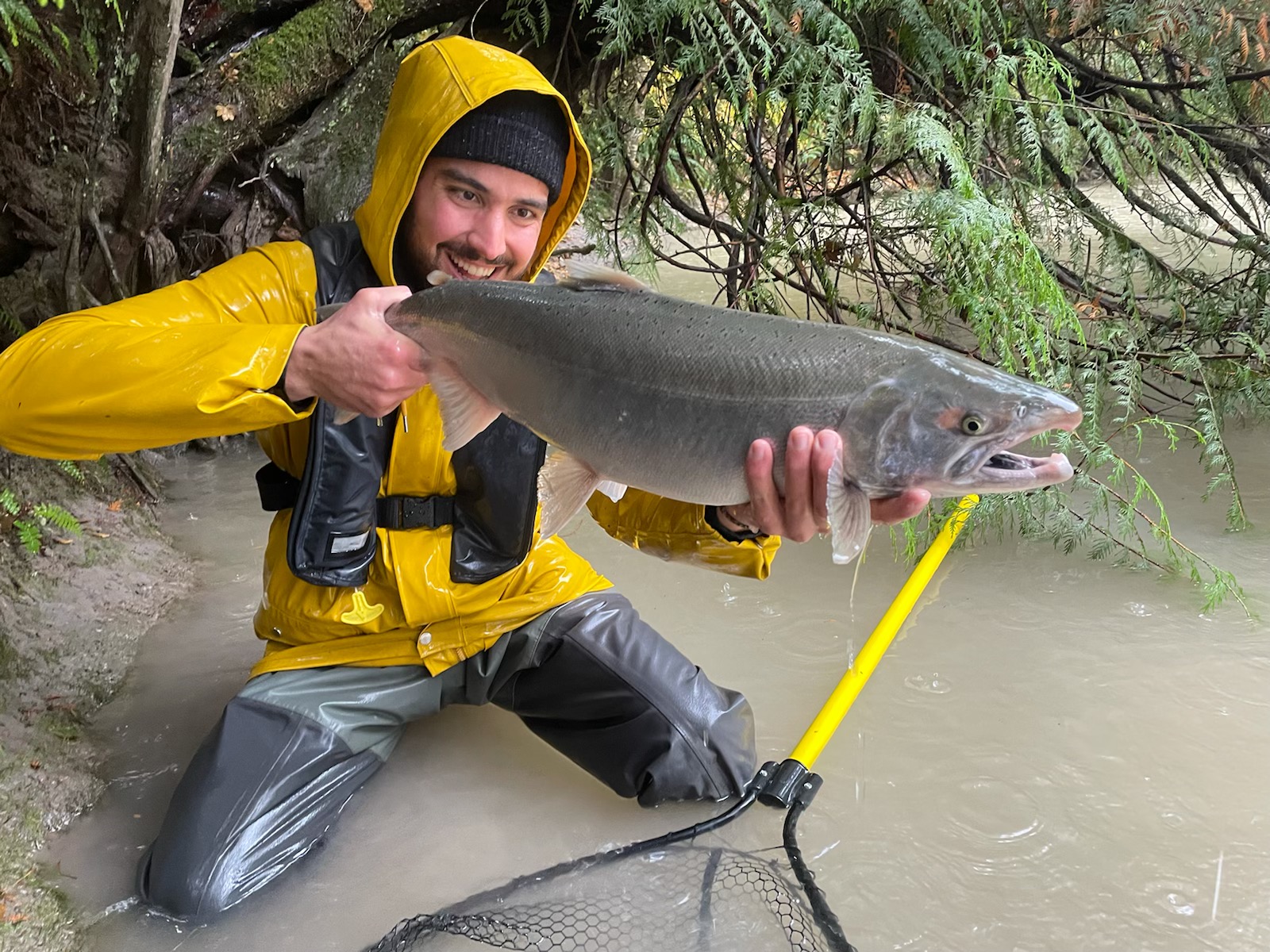
The Bad About BnR Softbeads
They are expensive
- A pack of soft beads costs about $10 in Canada
Durability
- Soft beads are not as durable as hard beads
- After a few fish or missed bites the bead sometimes gets messed up and misplaced along your leader so you may have to adjust every few casts if you don’t want to rig another up
- The larger beads tend to last longer than the smaller sizes which tend release from the T-stop much quicker
Bead Stops
- Each pack of bead comes with T-stops. T-stops hold the bead onto your leader. If you run out of T-stops, using traditional pegging methods like toothpicks, plastic bead pegs, and float stops do not work well
- If you keep changing leader size or your leader gets frayed as always you should re-tie
- However, with soft beads you will need to use another T-stop
- Packs of t-stops are expensive (annoying)
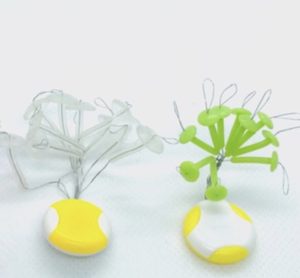
Sustainability
- Since the soft beads can get so easily mangled, they can become hard to re-use
- This means there is a lot more waste than hard beads which you can use forever
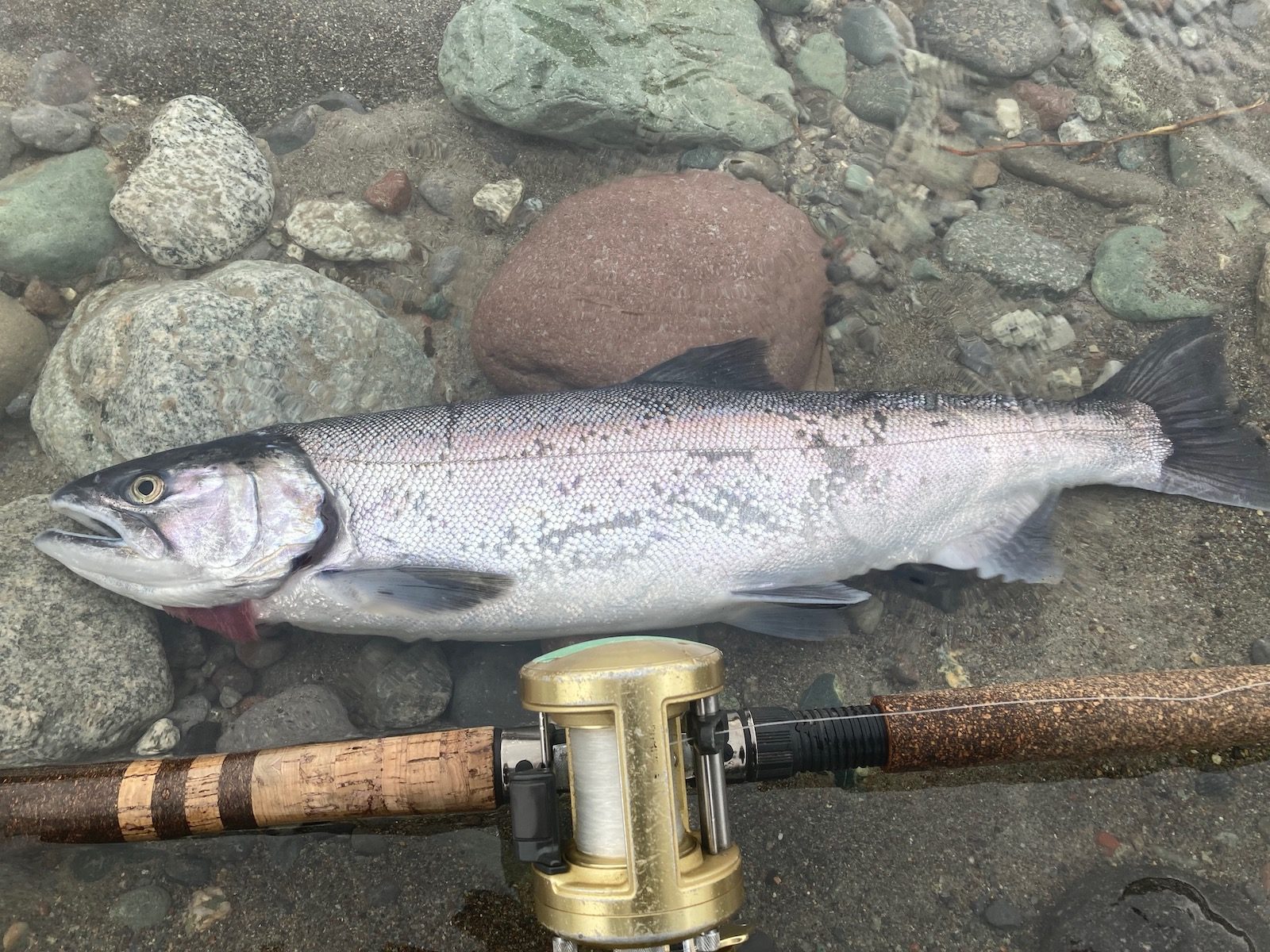
Are They Really That Good?
Yes. Absolutely. I have not done any scientific testing, but I’ve spent hours in all sorts of weather conditions and different months of the year bringing fish to shore. I also hate dealing with roe, so having a method that is more productive that doesn’t require me to stain my fingers and come home smelling like a fish factory is music to my ears.
Don’t believe me? Pop over to my tiktok, Instagram or youtube channel and check out a few of my catch and cook videos.
Let me know in the comments what your favourite soft bead colors are?

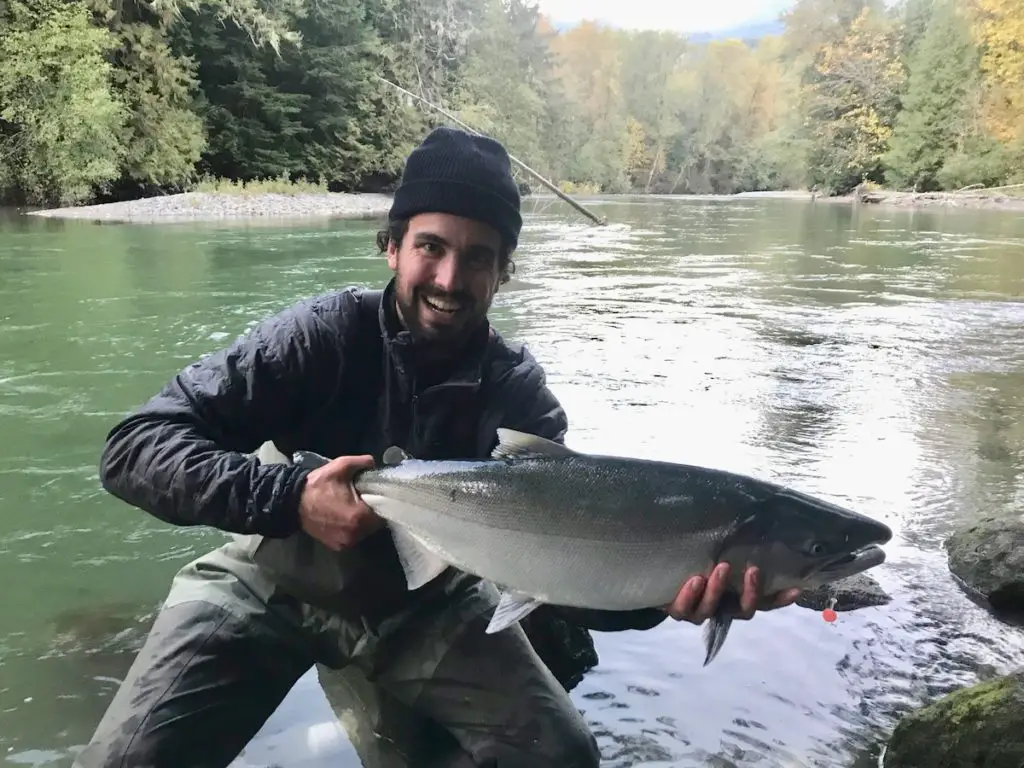









2 Responses
What color is that bead the name of that number 1 bead that you use the b/r bead??
Hey Jeff – it’s called NW steelheaders color on the website. It’s legit the only thing I use!